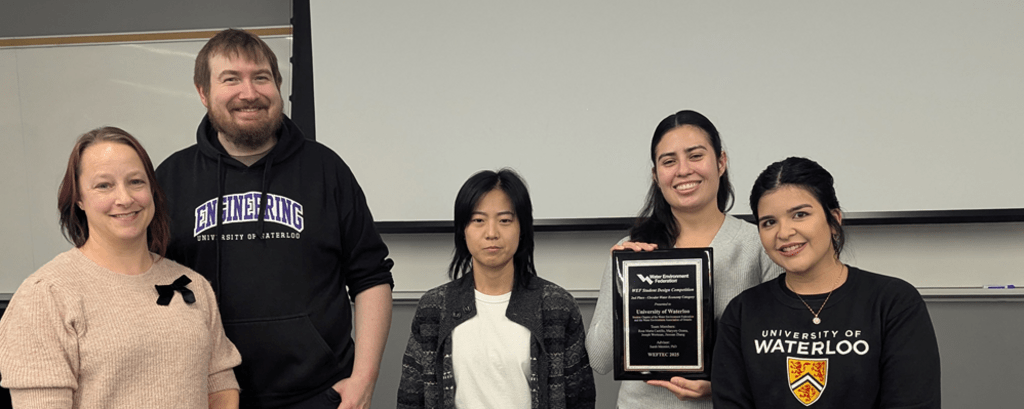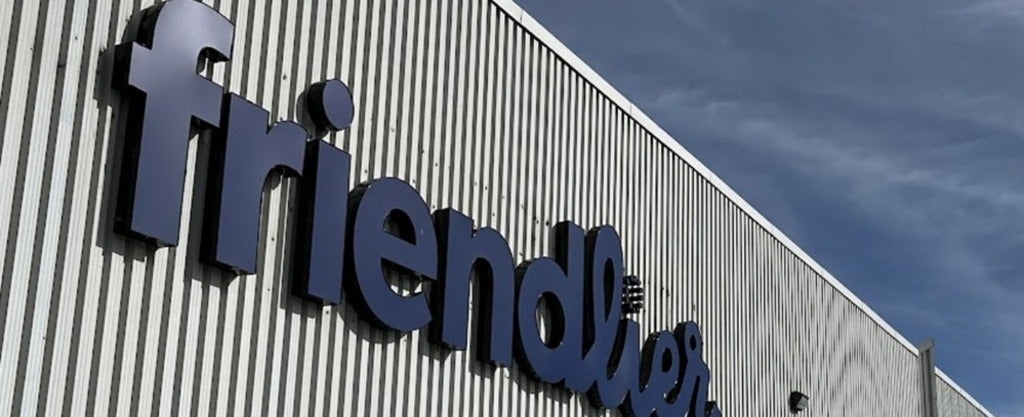Chemical engineering team excels in circular water economy challenge
A team of graduate students from the Department of Chemical Engineering earned an impressive second place in the WEF Technical Exhibition and Conference (WEFTEC).
The student team, supervised by Professor Sarah Meunier, first won the Water Environment Association of Ontario (WEAO) competition. The contest, a municipality that provides a current and relevant problem. After that the team, sponsored by WEAO moved on to a second-place win at WEFTEC.
WEFTEC is the largest water quality exhibition in North America, and they hold an annual international student competition. The University of Waterloo team, which included Joseph Wortman, Rosa Maria Castillo, Maryory Ocana and Jinxuan Zhang competed against students from universities from across North America in the new Circular Water Economy category.
The teams were tasked with optimizing a wastewater treatment plan in Barrie. One of the biggest real-world hurdles is that Barrie expects its population to double by 2051, but the treatment plant itself has no room to grow.









